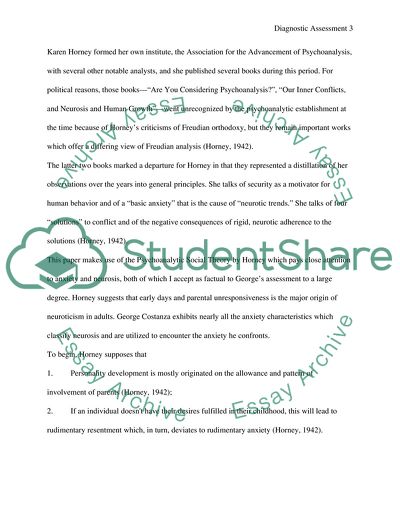Cite this document
(Diagnostic Assessment of George Costanza Term Paper, n.d.)
Diagnostic Assessment of George Costanza Term Paper. https://studentshare.org/psychology/1738375-diagnostic-assessment-of-seinfeld-character-george-costanza
Diagnostic Assessment of George Costanza Term Paper. https://studentshare.org/psychology/1738375-diagnostic-assessment-of-seinfeld-character-george-costanza
(Diagnostic Assessment of George Costanza Term Paper)
Diagnostic Assessment of George Costanza Term Paper. https://studentshare.org/psychology/1738375-diagnostic-assessment-of-seinfeld-character-george-costanza.
Diagnostic Assessment of George Costanza Term Paper. https://studentshare.org/psychology/1738375-diagnostic-assessment-of-seinfeld-character-george-costanza.
“Diagnostic Assessment of George Costanza Term Paper”. https://studentshare.org/psychology/1738375-diagnostic-assessment-of-seinfeld-character-george-costanza.


